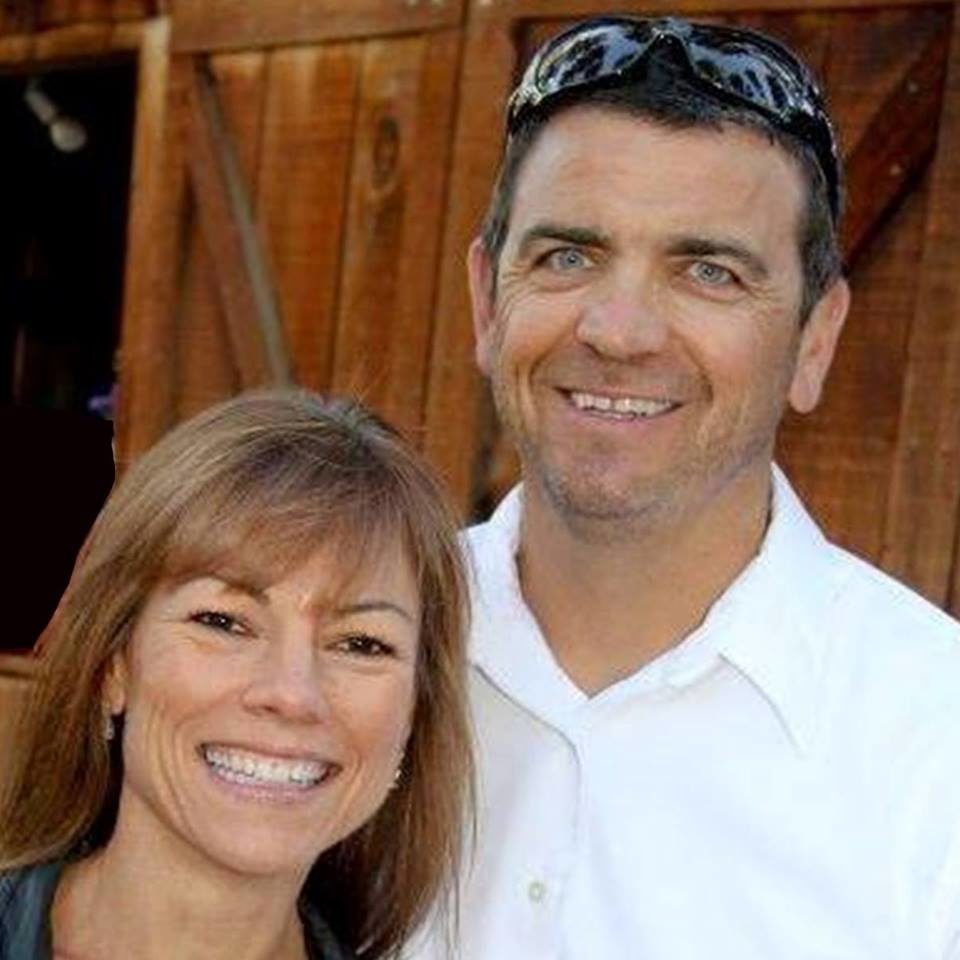 It’s a Home Seller’s Market—and Baby Boomers Are Cashing In
It’s a Home Seller’s Market—and Baby Boomers Are Cashing In
Sellers made a median $66,000 on the sale of their homes—a $6,000 increase from the previous year, according to the National Association of Realtors® 2021 Home Buyers and Sellers Generational Trends Report.
In this turbocharged market, sellers got about 99% of what they were asking for—and more, in many cases. Homes lasted only about three weeks on the market before being scooped up.
Baby boomers made up most of the sellers, at 43%. Their top reason for putting their property up for sale was to buy a similarly sized home closer to family members and friends. That’s become even more important during the pandemic. Their second most popular motivation for selling was to downsize.
High prices and the lowest recorded number of homes for sale made it even more difficult for younger buyers, particularly first-timers. Millennials made up the largest share of buyers, at 37%, while 31% of all successful buyers were first-time buyers. (About 82% of younger millennials, aged 22 to 30, and 48% of older millennials, aged 31 to 40, were first-time buyers.)
“Millennials have a lot of headwinds entering the real estate market,” says Jessica Lautz, NAR’s vice president of demographics and behavioral insights. “There are not enough homes to go around for the buyers who want to be able to purchase.”
Nearly 60% of buyers aged 22 to 40 said the biggest obstacle to buying was finding the right home. More than half of all buyers cited the same concern.
Younger buyers were also the most likely to pay over the asking price to secure a home.
“In a market where competitive bids are the norm in many areas, it’s interesting to note that younger buyers are more likely to pay over asking [price],” says Hale. “They’ve got longer working careers, so they [may be] more willing to take risks.”
What kinds of homes are most in-demand?
Buyers clamored for detached, single-family homes, the kind that typically comes with a backyard and garage. These made up 81% of sales. These homes were a median 1,900 square feet and were typically built in 1993.
These homes likely became even more desirable as the pandemic dragged on and families realized they needed more space to accommodate home offices and remote schooling.
Existing homes (as opposed to newly built ones) also dominated. That’s because they’re cheaper and there are simply more of them to go around. Only about 15% of sales were for brand-new abodes, with older baby boomers, aged 66 to 74, purchasing the biggest share, 19%, of new construction.
About 50% of all buyers purchased in the suburbs, while 22% preferred small towns and 13% chose rural areas. Just 13% opted for urban areas. Three percent chose resort communities.
Buyers of all generations expected to live in their homes for about 15 years. They also moved a median 15 miles away from their previous abodes.
Generation X bought the most multigenerational homes
About 12% of buyers opted for multigenerational homes, with Generation X purchasing the largest percentage, 18%, of these residences. This gave them the space to accommodate aging parents, who might need assistance, and grown children.
“They’re purchasing multi-generational homes [to] take care of aging relatives and keep them out of nursing rooms or for caregiving of young children who may not be able to go to daycare or child care because of the pandemic,” says Lautz. “The other big reason is pooling incomes to be able to buy a larger home.”
About 24% of buyers were members of Generation X, aged 40 to 54. This smaller generation was the most likely to have children with nearly two-thirds, 41%, with kids under the age of 18 living with them.
This generation was also in the prime of their careers, making them the highest-earning buyers, with a median household income of $113,300 in 2019. They purchased the largest and second most expensive homes, spending a median $305,000 for a median 2,100 square feet.
Who are today’s homebuyers?
Buyers who purchased homes had a median income of $96,500 in 2019.
Almost two-thirds were married couples, at 62%, while 9% were unmarried couples. Single women made up 18% of buyers, double the 9% of single men.
“Single women remain a large buying force,” Lautz said in a statement. “A number of divorced women and those who were recently widowed purchased a home without the help of a spouse or roommate.”
People of color made up about 20% of all home buyers. Whites made up about 83% of buyers compared with just 7% of Hispanics, 5% of Asians, 5% of Blacks, and 3% who identified as other. (Participants could identify as more than one race.)
Veterans and army personnel also represented 20% of all buyers.
An overwhelming majority of buyers, 87%, financed their purchases. Young buyers were the most likely to rely on their savings to cobble together their down payments. Student and other kinds of debt made it harder for them to save, delaying their purchase by about three years. (Younger millennials had a median $25,000 in student debt compared with older millennials with a roughly $33,000 loan balance.) Just over a quarter, 28%, received a gift or loan from a friend or family member to help with the purchase.
Older buyers, such as the boomers, were more apt to use the money they made from a home sale to buy a new residence.
| Mar 16, 2021 | Realtor.com


Leave a Reply